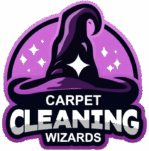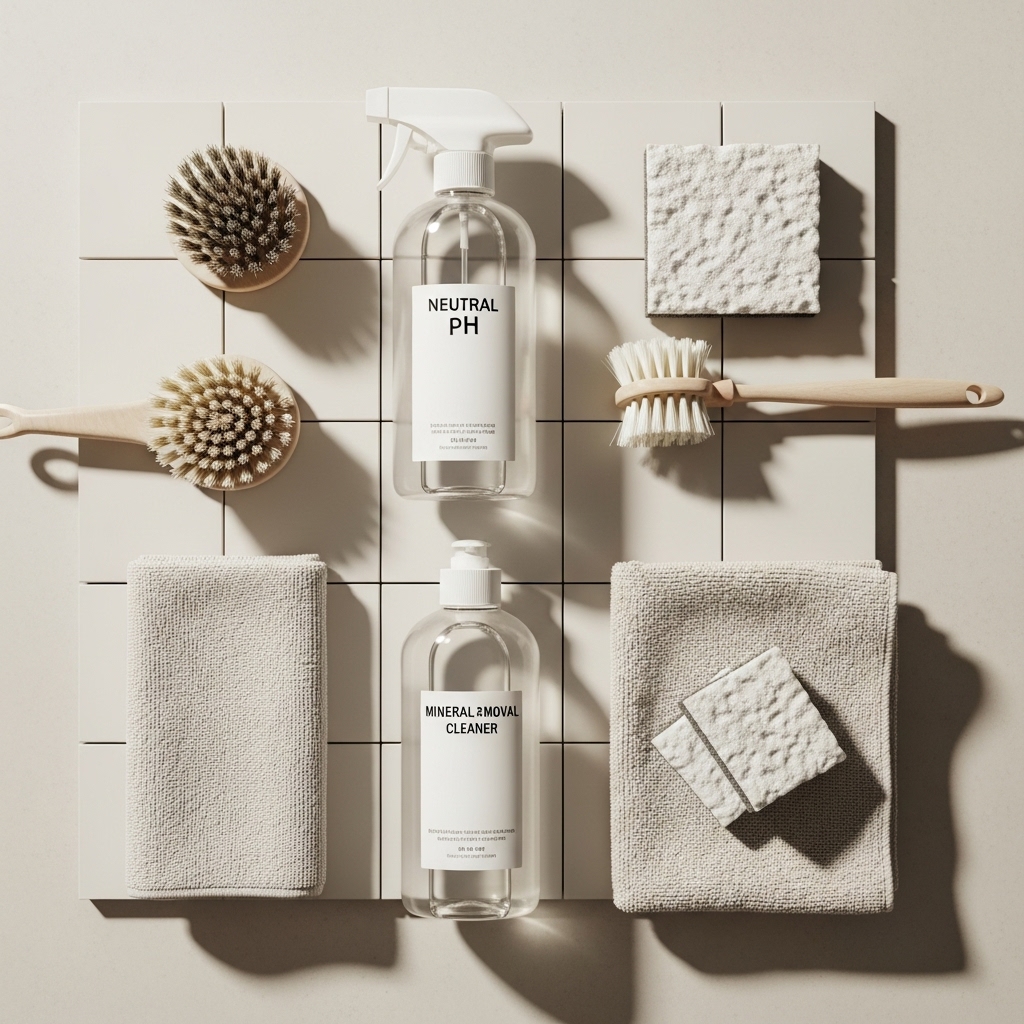Keeping tile and grout spotless in Elizabeth, New Jersey homes takes more than a quick mop. Seasonal road salt, hard water, cooking oils, and daily foot traffic all contribute to haze on tile surfaces and darkening grout lines. The “best” solutions are not a single product, but a system: smart chemistry, the right tools, and consistent technique. Whether you live in a historic home with mosaic tile or a modern space with large-format porcelain, understanding which approaches fit your materials will help you get professional-level results. If you want a deep reset before dialing in your ongoing routine, consider professional tile and grout cleaning to lift embedded grime and set a clean baseline for easy maintenance.
Solutions must match surfaces. Neutral cleaners work well for most porcelain and ceramic, while natural stone may demand more specialized, pH-aware products to avoid etching. Tools matter too: microfiber for dusting, soft brushes for grout, and non-scratch pads for textured tile. Technique ties everything together—light, frequent maintenance prevents buildup, while periodic deeper care reverses the stubborn film that makes floors appear dull even after you clean.
Understanding your tile type
Before choosing a cleaner, identify your tile:
- Porcelain: Dense and often low-porosity, porcelain resists stains but can show hazing if residues are left behind.
- Ceramic: Slightly more porous than porcelain and benefits from thorough rinsing to prevent film.
- Natural stone (marble, travertine, slate): Requires pH-aware solutions and gentle methods to avoid damage.
- Glass or mosaic accents: Typically easy to clean, but grout around them still needs attention.
Grout type matters as well. Cement-based grout absorbs liquids and soil, while epoxy grout resists moisture but can collect slick film from soaps and oils. Knowing what you have helps you select compatible solutions and tools.
Core chemistry: pH and residue
The best day-to-day cleaner for most tile is a neutral pH solution that lifts soil without leaving a sticky film. Stronger formulas have their place for specific problems—like soap scum or mineral deposits—but they must be matched to the material and followed by thorough rinsing. Residue is the enemy of shine. If a cleaner leaves a film, it will attract dirt, causing haze and darkened grout lines even though you are cleaning regularly.
Test new products in an inconspicuous area. Look for a crisp, residue-free finish and tiles that feel squeaky-clean rather than slick. Adjust dilution according to directions; using more product than recommended often creates more residue, not more cleaning power.
Daily and weekly routine that works
- Dry dusting: Use a microfiber dust mop or hard-floor vacuum several times a week to remove grit that can scratch tile.
- Damp mopping: Once or twice a week, mop with a neutral cleaner, wringing well to avoid over-wetting.
- Spot treatment: Address spills immediately, especially oils and colored liquids that can darken grout.
- Shower care: Squeegee after use and run the exhaust fan to reduce humidity and soap film.
- Entry mat strategy: Place mats at exterior doors and clean them often to capture winter salt and grit.
Consistency is key. These habits keep soils from bonding to grout and limit the formation of films that make tile look cloudy. Over time, you will find that less effort produces a fresher appearance.
Deep-clean strategies for stubborn buildup
When grout lines have darkened across a room or shower walls are cloudy, step up the routine. Pre-wet the area, apply a targeted cleaner suitable for your tile type, and allow adequate dwell time. Use a soft brush in grout lines and a non-scratch pad on textured tile to agitate gently. Rinse thoroughly with clean water, then dry with microfiber to prevent spotting. In showers, special film-removal formulas may be needed for body oils and soap scum; choose products compatible with your surfaces and always test first.
If your efforts plateau despite careful technique, it may be time for a professional reset. Advanced extraction tools and tailored chemistry can reach deep soils that household products cannot, returning grout to a brighter, more uniform look and leaving tile free of haze.
Elizabeth-specific challenges and solutions
Road salt and winter grit rapidly dull entry tiles and migrate deeper into grout. A two-step approach works well: frequent dry dusting to capture grit before it scratches, followed by damp mopping with a neutral cleaner and a clean water rinse. In kitchens, cooking oils combine with fine dust to form a film that clings to tile; periodic degreasing with a compatible product, plus thorough rinsing, restores clarity. Bathrooms encounter humidity and soap residue; squeegeeing after each shower and using a fan can dramatically cut down on buildup.
Hard water is another local factor. Mineral content can leave spots and a faint film, noticeable especially on darker tiles. Choose cleaners designed to manage mineral residues for your tile type and finish with a fresh water rinse to remove leftover product.
Tools that make a visible difference
- Microfiber pads: Capture fine dust and release easily when rinsed.
- Soft-bristle grout brushes: Lift soil without gouging grout.
- Non-scratch pads: Add gentle agitation on textured surfaces.
- Squeegees: Essential for showers to reduce film and water spots.
- Buckets with separate rinse compartments: Prevent dirty water from redepositing soil.
These simple tools, paired with suitable chemistry, elevate your results. Avoid metal pads or overly stiff brushes, which can scratch tile and damage grout over time.
What to avoid on tile and grout
- Harsh acids on sensitive stone or cement-based grout without professional guidance.
- Bleach-based routines that mask issues while weakening grout over time.
- Waxes or polishes intended for other flooring that cause haze and slipperiness.
- Mixing chemicals, which can neutralize cleaning power or create fumes.
When in doubt, choose the gentlest effective method and escalate only as needed with careful testing. This “least-risk” approach keeps your surfaces safe while still achieving excellent results.
When to call professionals for a reset
There comes a point when home care cannot break through embedded soil. If grout remains dark after scrubbing, tiles look cloudy under bright light, or showers maintain a persistent odor, it is time for a deep reset. Professionals combine targeted pretreatments, agitation tailored to your material, and high-powered extraction that removes residues from the home rather than spreading them around. Afterward, your regular routine becomes faster and more effective because the surface is truly clean.
Homeowners often find that a periodic professional reset, followed by consistent maintenance, creates the most cost-effective path to a consistently bright appearance. The goal is not perfection once, but repeatable cleanliness with reasonable effort.
Building a simple, sustainable plan
A sustainable plan fits your household rhythms and the demands of your materials. Start with an honest assessment: where does soil accumulate the fastest—entry, kitchen, or bath? Which areas get the least ventilation? Set a weekly cadence for dusting and mopping, and a monthly check for showers and high-touch zones. Keep tools accessible and products clearly labeled so family members can help. Small, frequent actions prevent big, exhausting cleanups later.
If you have cement-based grout, consider protective sealing after a deep reset to slow future staining. Follow the product’s guidance or your provider’s recommendation for renewal intervals, and test periodically by placing a few drops of water on the grout to see if they bead or absorb quickly.
Frequently asked questions
Q: What is the best everyday cleaner for tile and grout?
A: For most porcelain and ceramic, a neutral pH cleaner is ideal. It lifts soil without leaving residue that causes haze. Natural stone often requires specialized, stone-safe formulas; always verify compatibility.
Q: Can I use vinegar on tile?
A: While vinegar can cut mineral deposits on some surfaces, it is acidic and may etch natural stone and weaken cement-based grout over time. If you choose to use it on compatible materials, dilute heavily and test first, but stone-safe products are typically safer.
Q: How do I keep grout from darkening quickly?
A: Combine regular dry dusting with damp mopping using a neutral cleaner, address spills quickly, and consider grout sealing for cement-based grout to resist staining. Entry mats make a big difference in winter.
Q: Why does my tile look dull after mopping?
A: Likely residue from products or dirty water. Use the correct dilution, rinse with clean water, and change mop water frequently. Avoid waxes or polishes designed for other floor types.
Q: Are steam cleaners safe?
A: Steam can be effective on many porcelain and ceramic surfaces but may not suit all natural stone or certain sealers. Always test first and consult a professional if unsure.
Finish strong with a professional reset
When you want your floors and showers to look truly refreshed, a professional deep clean lifts what home routines cannot. That reset makes weekly upkeep faster, keeps grout lines brighter, and restores the clarity and feel of your tile. If your Elizabeth home is ready for a transformation, schedule expert tile and grout cleaning and enjoy surfaces that welcome light, resist residue, and stay cleaner with less effort.

